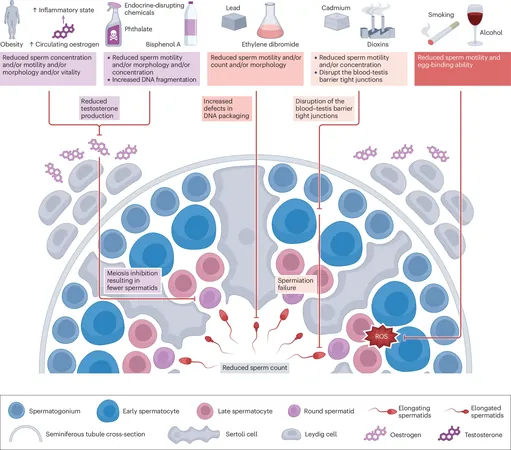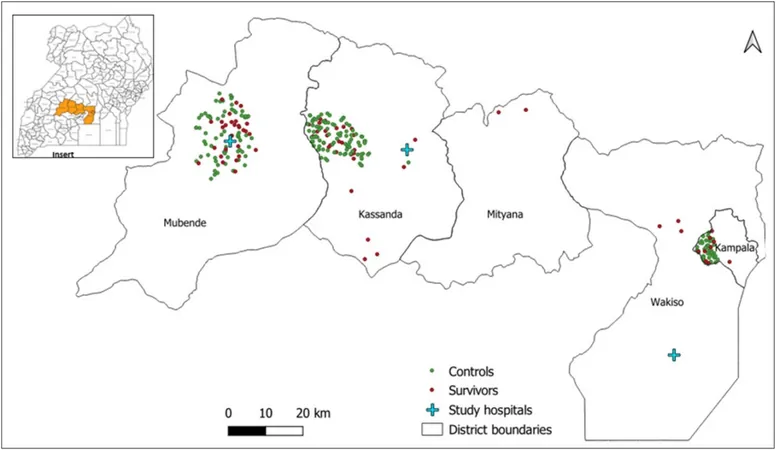
Bus Travel in Singapore: Why Comfort Matters and What Needs Improvement
2025-01-06
Author: Ming
Introduction
Singapore prides itself on being a First World nation, but does its bus transport system truly reflect that status? While the city-state has made significant strides over the years, there are still areas requiring attention.
Challenges Faced in the Past
In the past, the bus system faced numerous challenges, especially as Singapore's population began moving into new HDB towns. The rapid increase in travel demands often resulted in unreliable services, poorly matched routes, and frequent bus breakdowns. As one of the early residents of Ang Mo Kio, having moved from Paya Lebar, I personally experienced the turbulence of these changes, including long queues and chaotic morning and evening commutes.
Improvements Made
Today, significant improvements have been implemented, particularly in larger new towns like Woodlands and Ang Mo Kio where seamless feeder services are now the norm. These services are crucial as they support the Mass Rapid Transit (MRT) networks, creating an interconnected transport system that caters to the needs of commuters effectively.
Concerns Regarding Bus Captains
Yet, despite these advancements in infrastructure and service, one notable area remains a concern: the quality of bus captains. While many bus drivers show commendable patience and kindness—taking the time to assist elderly passengers or those with disabilities—their attention to passenger comfort sometimes leaves much to be desired.
Issues with Temperature Control
For instance, many drivers tend to overlook the passenger experience regarding temperature control. What feels perfectly fine for those at the helm may be intolerably cold for most passengers, who are often dressed in everyday clothing rather than winter gear. The blast of air conditioning, particularly when directed at passengers, can be uncomfortable and even lead to health issues, especially on rainy days when condensation becomes an annoyance on the windows.
Driving Habits
Furthermore, the driving habits of some bus captains need refinement. Too many rely solely on first gear, resulting in a jerky and abrupt ride that can be jarring for passengers—particularly the elderly, who often make up a significant portion of bus riders. Smooth driving is not only a courtesy but also a necessity for maintaining safety and comfort on public transport.
Conclusion
In conclusion, while Singapore's bus transport system has made remarkable progress from its tumultuous beginnings, enhancing the professionalism and training of bus captains would lead to a more pleasant experience for commuters. As we strive for a world-class transport system, understanding and addressing the needs of passengers is essential for keeping Singapore on the right track.





 Brasil (PT)
Brasil (PT)
 Canada (EN)
Canada (EN)
 Chile (ES)
Chile (ES)
 Česko (CS)
Česko (CS)
 대한민국 (KO)
대한민국 (KO)
 España (ES)
España (ES)
 France (FR)
France (FR)
 Hong Kong (EN)
Hong Kong (EN)
 Italia (IT)
Italia (IT)
 日本 (JA)
日本 (JA)
 Magyarország (HU)
Magyarország (HU)
 Norge (NO)
Norge (NO)
 Polska (PL)
Polska (PL)
 Schweiz (DE)
Schweiz (DE)
 Singapore (EN)
Singapore (EN)
 Sverige (SV)
Sverige (SV)
 Suomi (FI)
Suomi (FI)
 Türkiye (TR)
Türkiye (TR)
 الإمارات العربية المتحدة (AR)
الإمارات العربية المتحدة (AR)